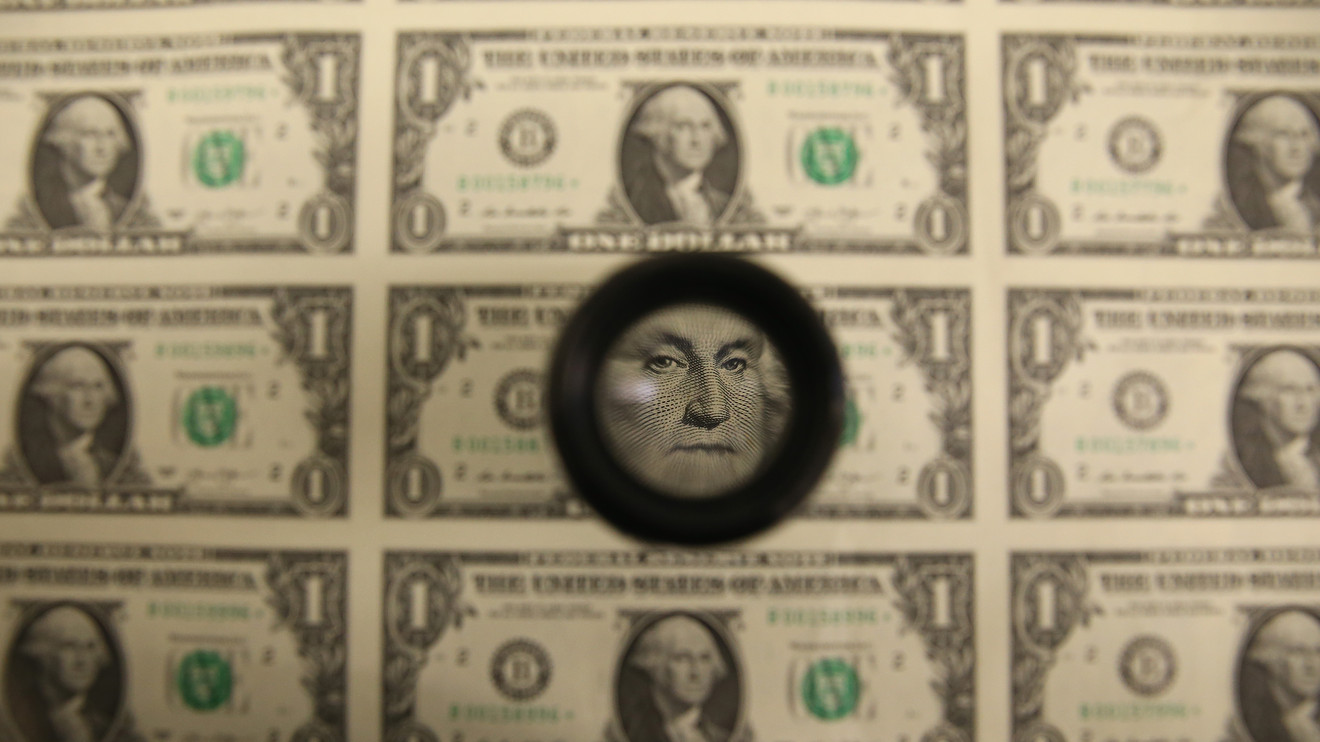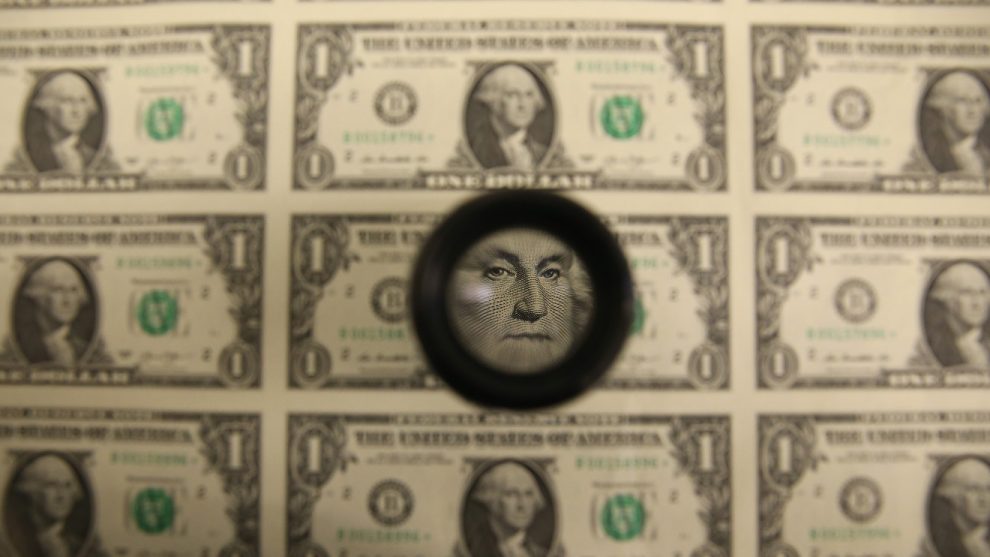
The U.S. dollar held a softer tone versus major rivals Monday as trade-war jitters contributed to fears of an economic slowdown and investors increased bets the Federal Reserve will deliver rate cuts before the end of the year.
The ICE U.S. Dollar Index DXY, -0.31% a measure of the U.S. currency against a basket of six major rivals, was off 0.2% at 97.53 in recent action. The dollar, however, did reclaim some lost ground versus the Japanese yen USDJPY, -0.02% which rallied last week on haven-related flows, to trade at ¥108.34 versus a level late Friday of ¥108.23.
The dollar in May fell 2.9% versus the yen, which tends to be the world’s favored haven during times of turmoil as trade-war jitters rose.
The euro EURUSD, +0.4836% fetched $1.1205, up from $1.1171. The British pound GBPUSD, +0.0950% traded at $1.2649, up from $1.2633 on Friday. 108.23
“The addition of Mexico last week and the removal of special trade status from India on Friday combined with chatter on Australia show that the trade war rhetoric is likely to continue to heat up rather than cool down,” said Brad Bechtel, managing director at Jefferies, in a note.
Trade tensions increased last week after the U.S. accused China of backsliding on previously agreed terms in trade discussions, leading to a round of tit-for-tat tariff escalations. The U.S. and China have also moved to target individual companies, stoking fears of a widening trade battle.
Last week, President Donald Trump took aim at Mexico, threatening to impose escalating tariffs on Mexico in an effort to get the country to stem the flow of migrants to the U.S. southern border. That sank the Mexican peso, which fell sharply on Friday and remained under pressure to begin the week.
The U.S. dollar USDMXN, +0.7242% rose 0.7% to fetch 19.757 pesos but remained shy of Friday’s intraday high at 19.83 pesos seen on Friday.
The dollar maintained its softer overall tone after survey-based data on Monday pointed to a slowing of manufacturing activity. The Institute for Supply Management said its manufacturing index slipped to 52.1% in May from 52.8% in April. Economists surveyed by MarketWatch had forecast a fall to 52.6%. A reading of more than 50% indicates more companies are expanding than shrinking, but the reading was the lowest since October 2016.
“When taken in conjunction with other economic indicators, the ISM manufacturing index points to an economy that is still growing and is at the threshold of becoming the longest expansion in U.S. history,” said Jim Baird, chief investment officer for Plante Moran Financial Advisors, in a note.” There are still many positive signs, but the uncertainty around trade policy is a growing risk that can’t be overlooked – and nowhere is that more apparent than in the manufacturing sector.”









